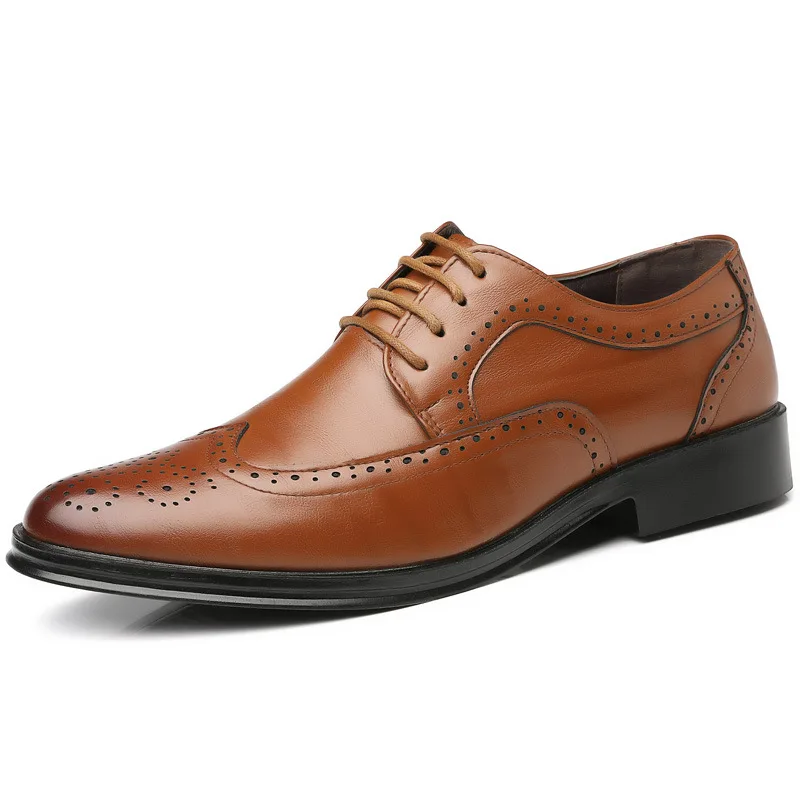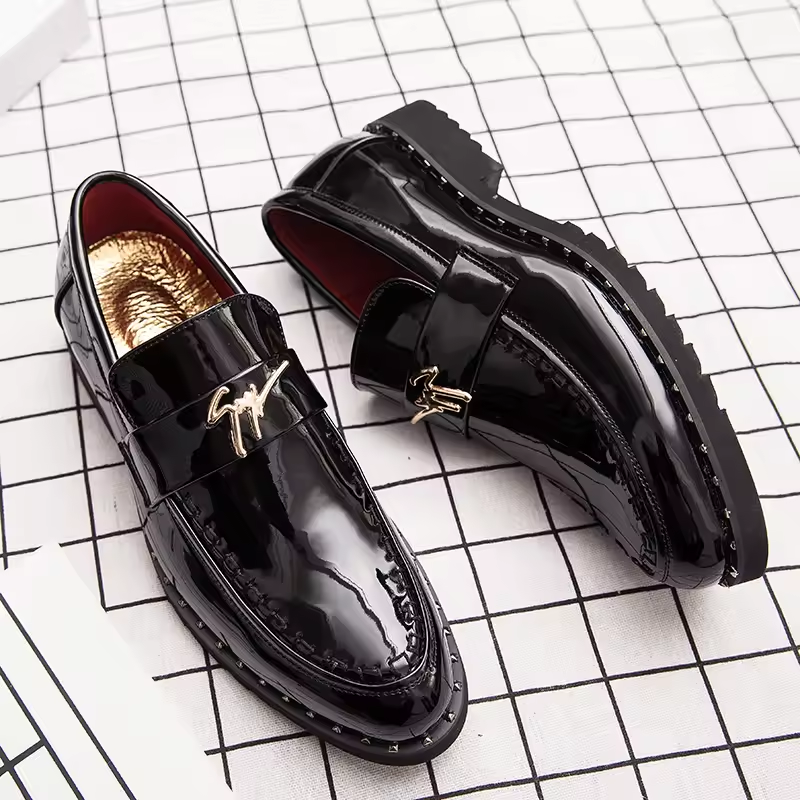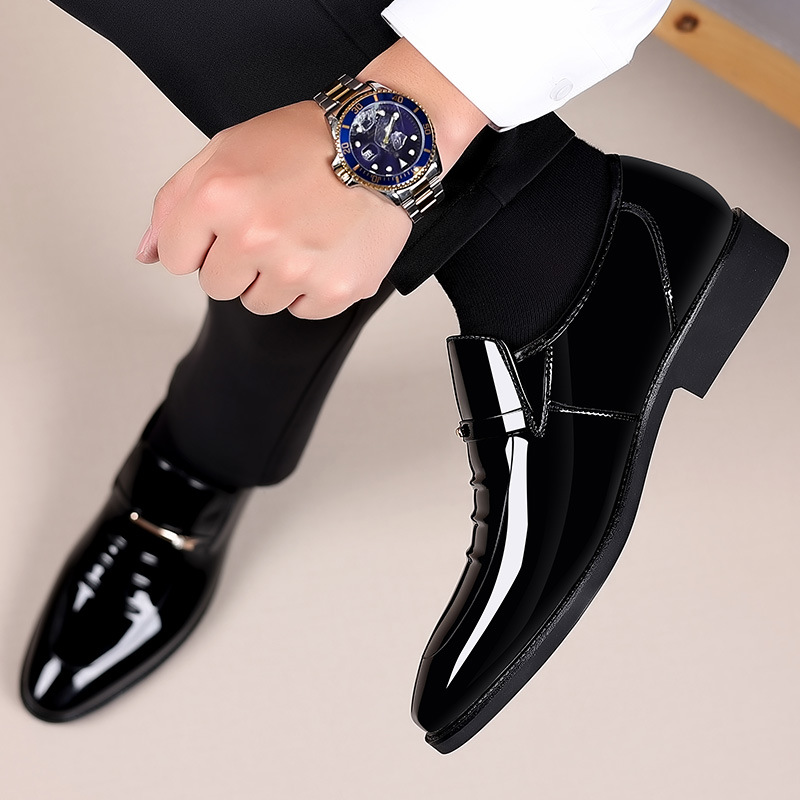The Importance of Selecting Suitable Paint for Leather Shoes
Selecting the right paint for leather shoes is crucial. It can mean the difference between a sleek, professional finish and a peeling, unsightly mess. Using paint designed for leather assures that it will adhere properly, resist cracking, and maintain flexibility. It also ensures that the shoes will be wearable for longer, protecting your investment in both the shoes and the paint job. To get the best results, focus on products specifically labeled as ‘paint for leather shoes.’ These paints are formulated to penetrate and bond with the leather surface, resulting in a durable and aesthetically pleasing finish. Additionally, the correct type of paint can help preserve the shoe’s original texture and appearance, which is vital for maintaining the overall look of the leather. Remember, the goal isn’t just to change the color, but to enhance and protect the shoe for future wear.

Types of Leather Shoe Paints: Pros and Cons
Choosing the right type of paint for leather shoes is essential for a quality finish. Let’s explore the advantages and disadvantages of various leather shoe paints.
Acrylic Leather Paint
Acrylic paint is a popular choice for leather shoes for good reason. It’s easy to apply, dries quickly, and comes in many colors. This paint is water-based, making it easy to clean up with just soap and water. When applied correctly, acrylic leather paint can result in a smooth, flexible finish that doesn’t crack easily. However, improper preparation or application can lead to flaking. Make sure to apply a finisher to protect the paint job.
Leather Dye
Leather dye penetrates the material, giving a long-lasting color change. It’s excellent for a more natural finish. Dyes work well with the inherent texture of leather, enhancing its appearance. On the downside, dyes can be messy to work with and require a careful application to avoid patchy results. Be aware that some dyes may not be as opaque as paints, so they might not cover existing marks or discolorations completely.
Spray Paint for Leather Shoes
Spray paint offers a quick and convenient application process. It’s great for achieving an even coat without brush marks. However, spray paint for leather shoes needs to be specially formulated to ensure flexibility and adhesion. Its aerosol nature makes it less precise than other methods, and overspray can become an issue. Always use it in a well-ventilated area and apply multiple light coats to avoid drips and runs.
Preparing Your Leather Shoes for Painting
Before applying any paint for leather shoes, preparation is key for an optimal finish. Start by cleaning your shoes thoroughly to remove dirt, oils, and existing finishes that might prevent paint from adhering correctly. Use a soft cloth and a gentle cleaner designed for leather. After cleaning, allow the shoes to dry completely.
Next, lightly sand the surface of the leather with fine-grit sandpaper. This roughens up the leather, providing a better surface for the paint to bond with. Be gentle to avoid damaging the leather; your goal is to scuff the surface, not wear it down.
Once sanded, wipe the shoes down to remove any leather dust. Then, apply a leather preparer or deglazer, which will remove any remaining oils and wax. This enhances the paint’s ability to stick to the leather.
For optimal paint performance, tape off any areas you do not wish to paint. This might include the soles, hardware, or patterns you want to preserve. Using painter’s tape ensures a crisp line between the painted leather surface and other materials.
Lastly, make sure you’re working in a well-ventilated area to avoid inhaling fumes, especially if you’re using spray paints or other volatile substances. With these steps, your leather shoes are now properly prepped and primed for a fresh coat of paint.

Step-by-Step Guide to Painting Leather Shoes
Once your leather shoes are prepped, it’s time to start painting. Here’s a simple step-by-step guide to ensure you achieve a great finish.
- Choose Your Paint: Ensure you’re using the right paint for leather shoes. This could be acrylic leather paint, leather dye, or spray paint specifically formulated for leather.
- Test the Paint: Before applying it all over the shoe, test the paint on a small, hidden section to check for color accuracy and adhesion.
- Apply the Paint: Use a small brush or sponge for precision. Apply thin layers of paint, letting each layer dry completely before applying the next. This prevents clumping and peeling.
- Add Multiple Coats: Depending on the type of paint and the color intensity you desire, apply multiple light coats.
- Finish Up: After the final coat, let the shoes dry completely for at least 24 hours. This ensures the paint is completely set.
- Seal the Paint: Apply a finisher if you’re using acrylic leather paint. This seals the paint and adds a protective layer, enhancing durability and giving a professional finish.
By following these steps, you can transform your leather shoes with a fresh, personalized look that lasts.
Tips for Maintaining Painted Leather Shoes
Maintaining painted leather shoes ensures their longevity and keeps them looking fresh. To do so, consider these simple yet effective tips.
- Keep Them Clean: Regularly wipe your shoes with a soft cloth to remove dirt and grime. Avoid harsh chemicals that can strip the paint.
- Condition Regularly: Apply a leather conditioner to keep the leather supple. Keep the conditioner away from the painted areas as much as possible.
- Avoid Water: Paint for leather shoes is often water-resistant, not waterproof. Try to keep your shoes dry. If they get wet, let them air dry.
- Store Properly: Store your painted leather shoes in a dust bag and away from direct sunlight. Sunlight can fade the paint over time.
- Touch-Ups: If the paint chips or wears off, touch up the spots carefully. Use the same paint used initially for a perfect match.
- Use Gentle Products: When cleaning, opt for products designed for painted leather. They are gentler and won’t harm the paint’s finish.
- Limit Exposure: Limit the shoes’ exposure to harsh environments. Too much heat or cold can cause the leather and paint to crack.
By following these tips, your painted leather shoes can maintain their color and finish, looking as good as new for longer periods. Remember, the key to preserving your painted shoes is gentle care and regular maintenance.
Common Mistakes to Avoid When Painting Leather Shoes
Painting leather shoes can rejuvenate their appearance, but certain pitfalls can spoil your efforts. Here are some common mistakes to watch for:
- Skipping Preparation: Not cleaning or sanding your shoes can lead to poor paint adherence. Always prep thoroughly.
- Using Non-Leather Paint: Paint not meant for leather won’t flex and will crack. Use the correct paint for leather shoes.
- Ignoring the Finisher: A finisher seals and protects painted leather. Don’t forget to apply it after painting.
- Overlooking Test Application: Always test paint on a small area first. It helps you spot potential issues early.
- Applying Thick Coats: Thick coats can cause clumps and cracks. Opt for multiple thin layers instead.
- Rushing the Process: Not letting paint layers dry fully can result in smudges. Patience ensures a sleek finish.
- Neglecting Tape: Forgetting to tape off areas can lead to sloppy edges. Use tape for clean lines.
- Using Harsh Cleaners: After painting, harsh chemicals can strip the paint. Stick to gentle cleaning methods.
By dodging these errors, your project can lead to impressive and enduring results. Remember to handle the process with care from start to finish.
FAQs About Painting Leather Shoes
When it comes to painting leather shoes, enthusiasts and DIY crafters often have a slew of questions. Let’s address some of the most frequently asked queries to help you get started on your shoe-painting journey with confidence.
Can I use regular acrylic paint on leather shoes?
Regular acrylic paint is not the ideal choice for leather shoes. It may not adhere well and could crack over time. Opt for acrylic paint specifically made for leather, as it’s formulated to maintain flexibility and ensure durability.
How many coats of paint do I need to apply?
Apply thin layers and build up slowly. Typically, 2-3 coats should suffice for even color and coverage. Make sure each layer is dry before adding the next one to prevent clumping and peeling.
Do I need to use a finisher?
Yes, applying a finisher is crucial. It seals the paint and safeguards your shoes against wear and tear. This step contributes to a long-lasting and professional-looking finish.

What’s the difference between leather dye and paint?
Leather dye soaks into the material, changing the color internally. Paint, however, sits on top of the leather’s surface. Dyes offer a more natural look, while paints provide a broader range of colors and coverage.
Is it possible to remove the paint from leather shoes?
Removing paint can be very challenging and might damage the leather. It is important to carefully plan and test the color before fully committing to painting your shoes.
How do I ensure the paint won’t crack?
Proper preparation is key. Clean thoroughly, sand lightly, and use the right paint. Apply multiple thin layers, let each one dry, and use a flexible paint designed for leather.
What’s the best way to maintain my painted leather shoes?
Keep them clean, use gentle products, and store them properly. Additionally, condition the unpainted leather parts and do touch-ups when necessary to prolong the life of your paint job.
Using the correct materials and techniques for painting leather shoes is crucial for a successful and durable finish. For any other questions or specific concerns, always refer to the instructions provided with your paint or finisher products. Happy painting!

